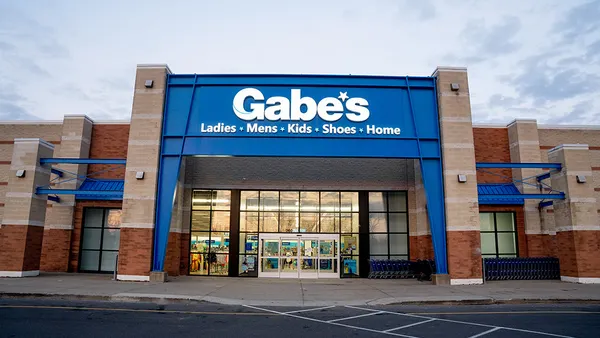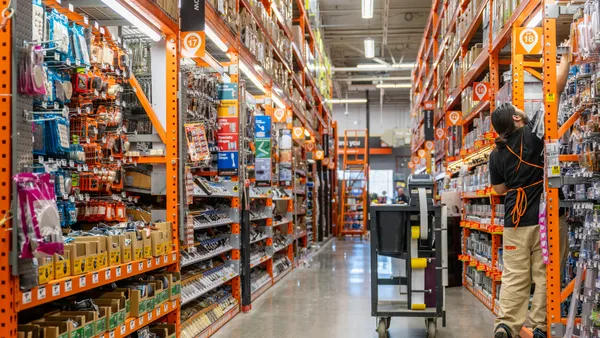Dive Brief:
-
Hudson’s Bay Co. will wind down six namesake stores plus a Saks Fifth Avenue store that the company had previously excluded from liquidation plans, saying on Thursday that “a viable bid for the current six-store model is unlikely.” Liquidation sales began Friday.
-
Those locations join 73 other Hudson’s Bay stores, 13 Saks Off 5th stores and two Saks Fifth Avenue stores in dissolving under Canada’s bankruptcy laws. The Hudson’s Bay and Saks Fifth Avenue stores are set to close by June 15, and nine Saks Off 5th stores will close on Sunday.
-
The company last month filed for the equivalent of Chapter 11 and about a week later said it would liquidate. If a bid does come through, stores could be pulled from liquidation, per Thursday’s press release.
Dive Insight:
The closure of Hudson’s Bay Co., a retailer that started out as a 17th-century fur-trading operation and evolved into a department store — known affectionately as “The Bay” — marks the end of a centuries-long era for Canadians.
“It's a really sad day for Canadian retail,” Liza Amlani, principal and co-founder of Retail Strategy Group, said by phone.
In its court filings last month, the company flagged Trump administration tariff policy and a tough consumer environment as contributors to its struggles. But Mark Cohen, who was CEO of Sears Canada in the early 2000s and previously ran retail studies at Columbia Business School, said that, while it is a challenging time for department stores, Hudson’s Bay’s troubles stem more from mismanagement than from losing customers or getting defeated by rivals.
“It's not like Canadians decided they don't like Hudson’s Bay Company — it's a tradition up there. It’s not like Canadians are walking around naked because they don't want to buy clothes anymore,” he said by phone. “And when Sears Canada went away, the Bay's principal competitor went away. These businesses need committed strategic direction and investments, and when they don't have that, they fall apart.”
Cohen compared the approach of Richard Baker, a U.S. real estate mogul who runs parent company HBC, to that of Eddie Lampert, the financier who is widely seen as responsible for the long-running demise of Sears. This has wider implications for Saks Global, which formed after HBC bought Neiman Marcus Group last year, according to several observers, even though HBC, Hudson’s Bay and Saks Global are technically separate entities.
“The fact is, they didn't invest in stores or people because it didn't serve Richard Baker's purpose,” Cohen said. “He used it as an ATM machine, and eventually ran out of money.”
The disappearance of the Hudson’s Bay Co. chain is also about to leave both brands and consumers adrift in many areas, Amlani said.
“The Bay is, in some cases, the only department store in a city in Canada and a beauty destination for a lot of customers,” she said. “We'll also see that across apparel as well. Many brands built their wholesale strategy around Hudson's Bay. For any brand that sells to a department store, The Bay is the only store in Canada that they sell to. So I think it's going to be a big gap in the market once The Bay exits.”












